There were a bunch of different baths, including a 電気風呂 (
denki-buro
) which literally translates as "electric bath", and is - yikes - a hot bath with low-level electric current running through it.
You might think that electricity and water don't mix, and you'd be right. The
denki-buro
is worth a try though - unless you have a pacemaker, in which case give it a miss. It feels a bit like prickly pins and needles.
There was also a smaller bath with "water of the month". This month's special water was よもぎ (
yomogi
; Japanese mugwort). The water was a vivid bright green and looked like melon soda.
After a long soak in various entertaining baths, I got dressed and had a lie down and a bottle of milk.
Milk is a surprisingly popular post-bath drink, considering Japan doesn't have a long history of dairy consumption. お風呂上がりの牛乳 (
ofuro agari no gyuunyuu;
milk after a bath) is almost as good as お風呂上がりのビール (
ofuro agari no biiru;
beer after a bath
).
I'd already had one tiny beer though and was fighting off jet lag, so I stuck to milk. There's something very satisfying about glass bottles of milk.
I lay down in this tatami mat rest area, and watched some Japanese variety shows on a distant TV:
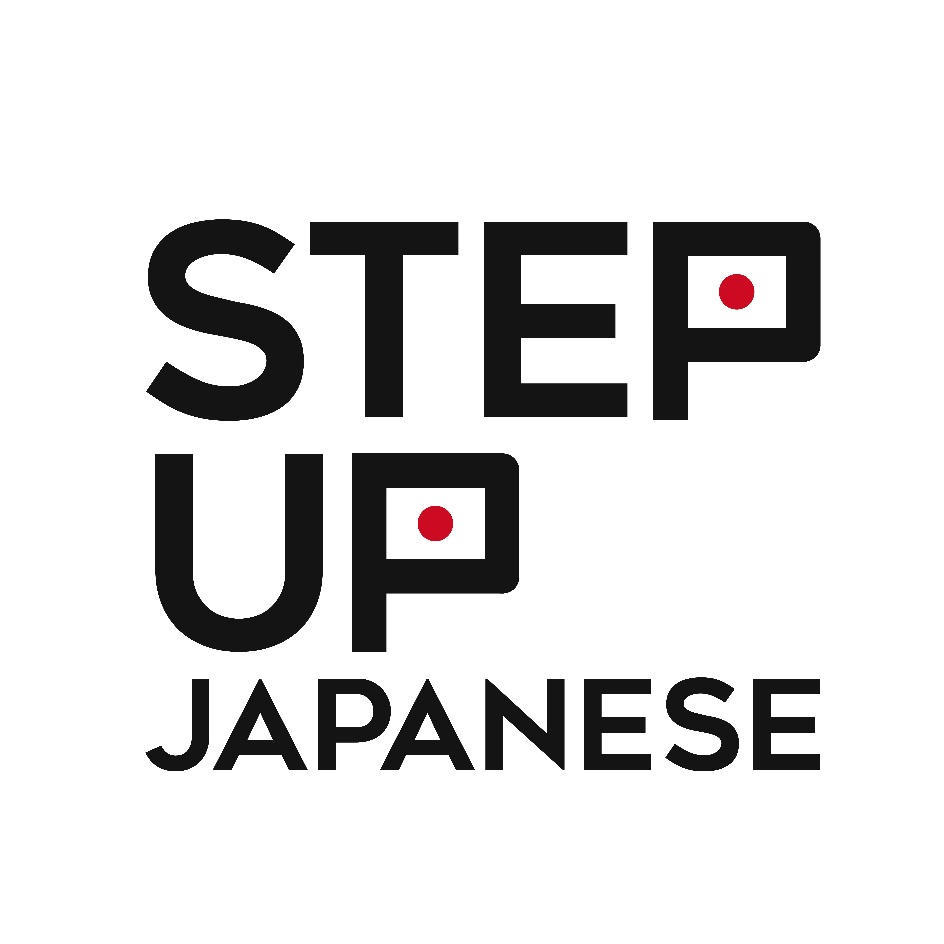

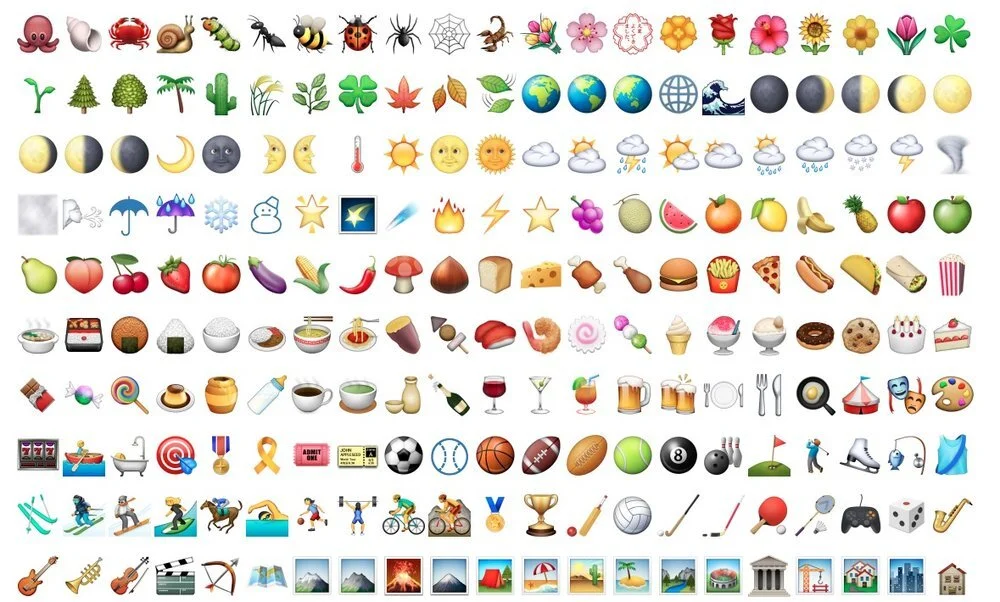
















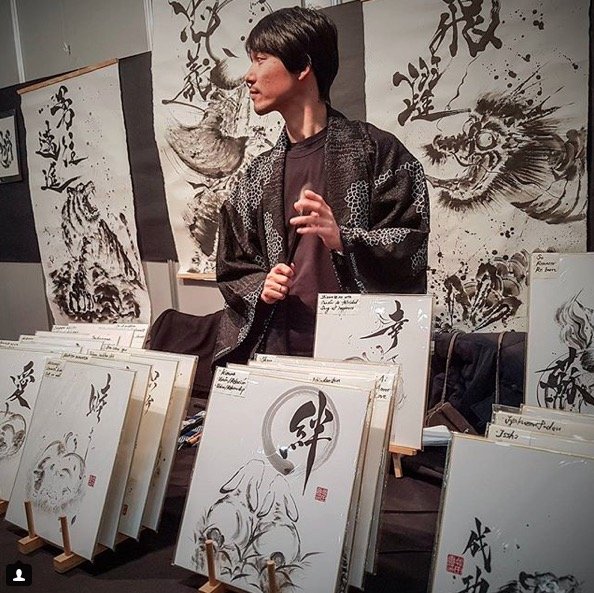
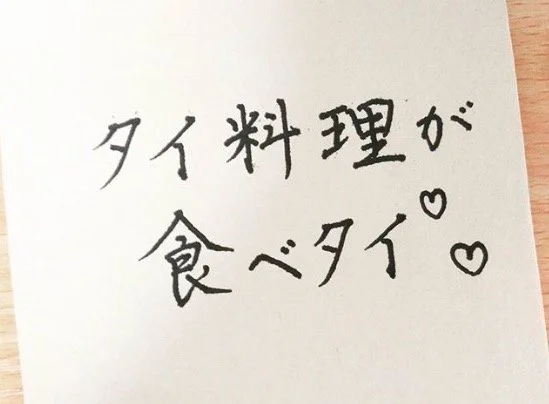
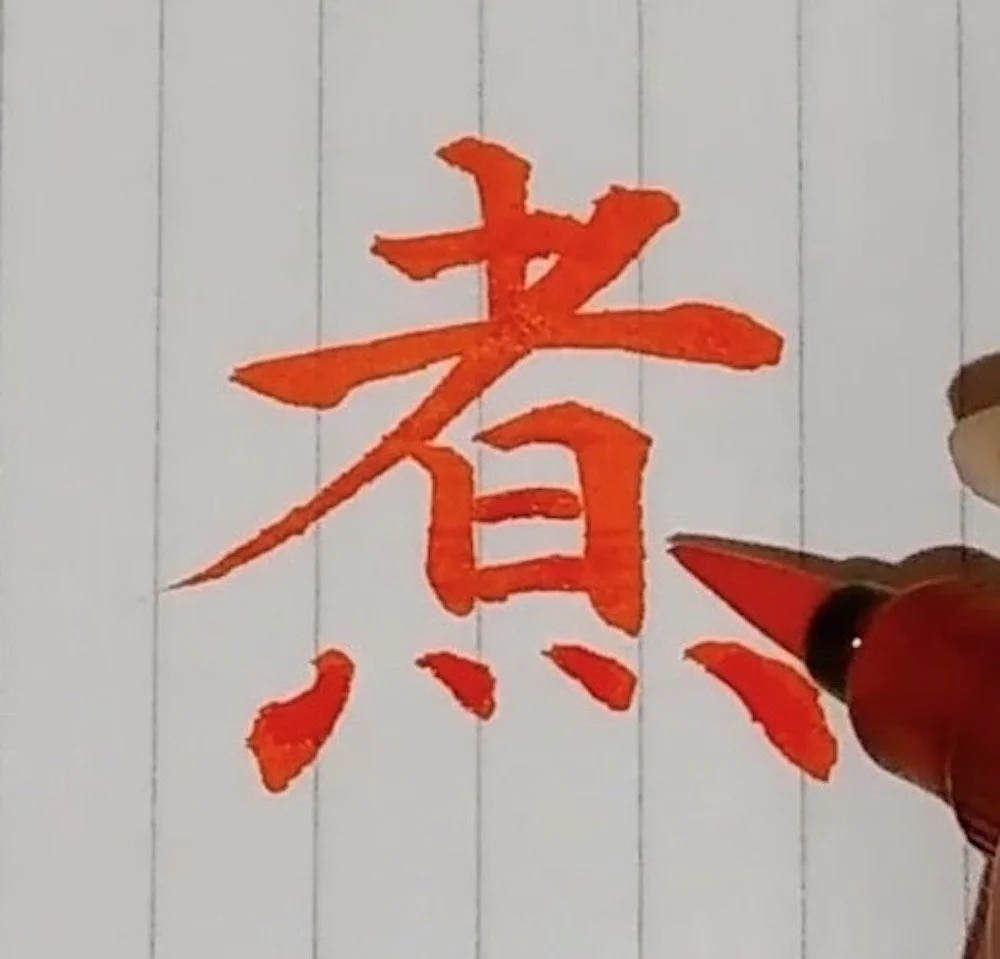





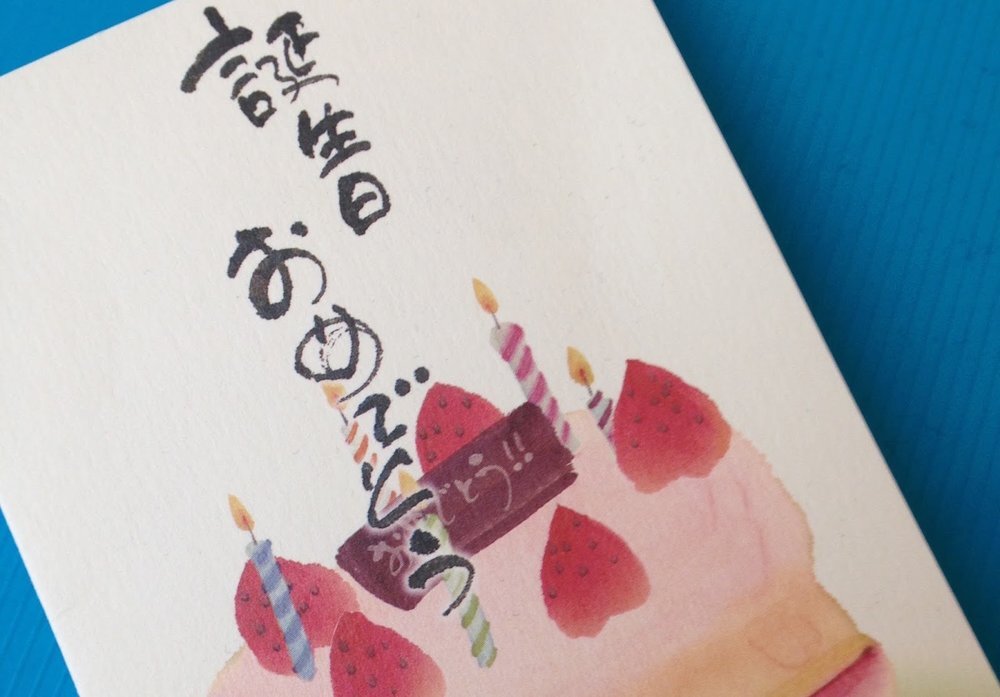



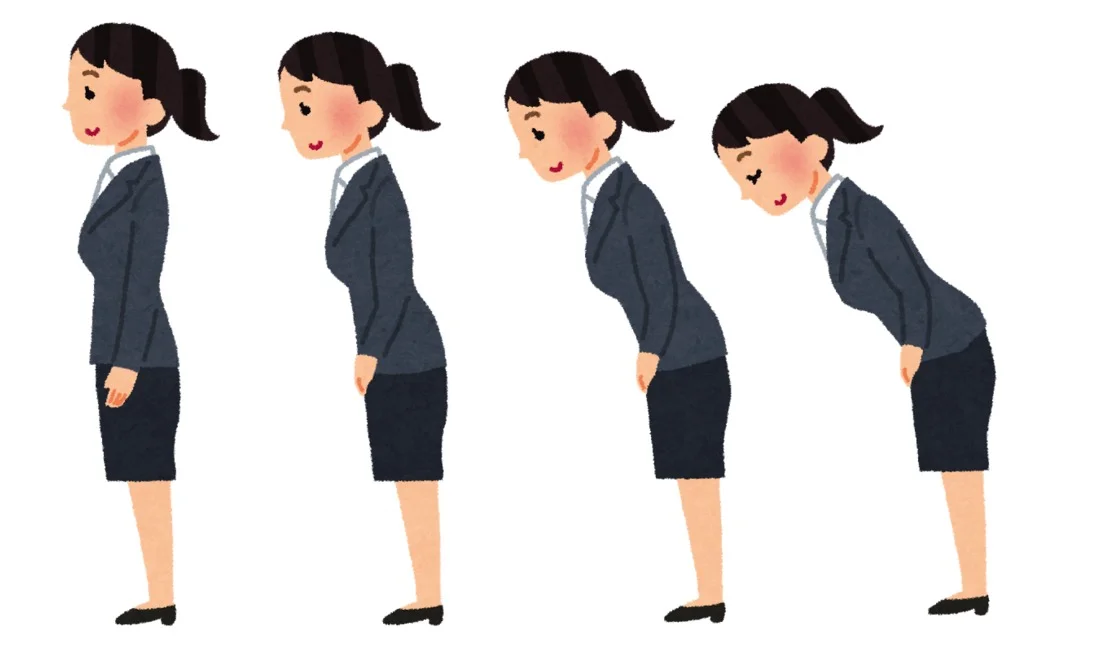








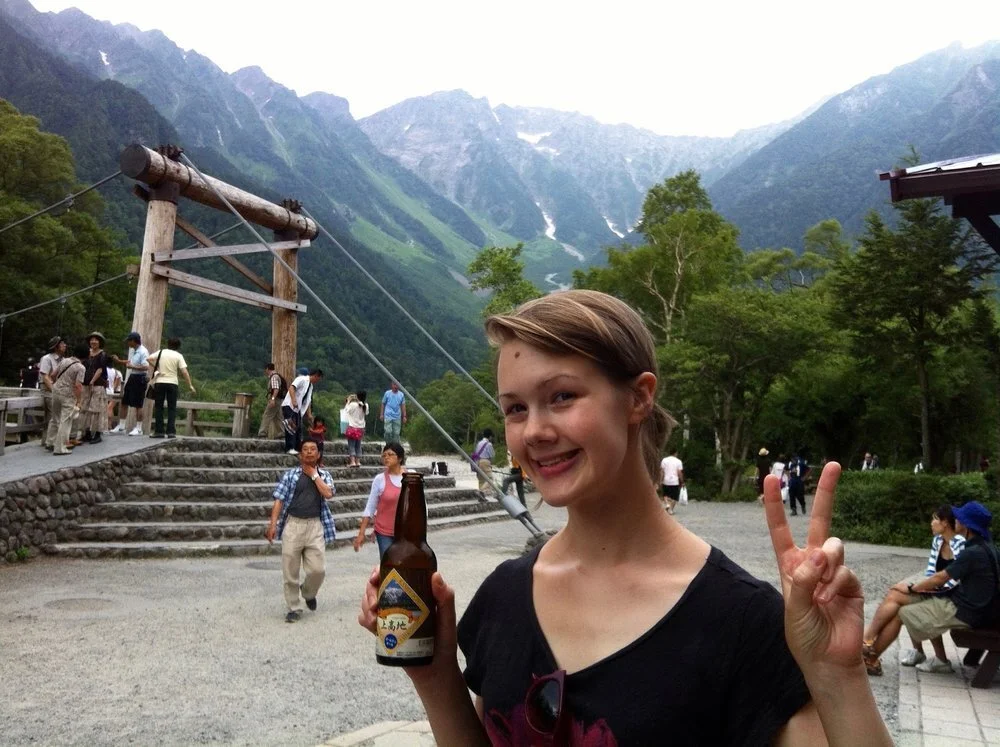
Like many people in the UK, I studied French in school. I liked French. I thought it was really fun to speak another language, to talk with people, and to try and listen to what was going on in a new country. (Still do!)
When I was 14 we went on a school exchange to the city of Reims, in northeastern France. I was paired with a boy, which I’m sure some 14-year-olds would find very exciting but which I found unbearably awkward. He was very sweet and we completely ignored each other.
That was nearly 20 years ago, and I didn’t learn or use any more French until, at some point in lockdown, I decided on a whim to take some one-to-one lessons with online teachers. Here are some things I learned about French, about language learning, and about myself.